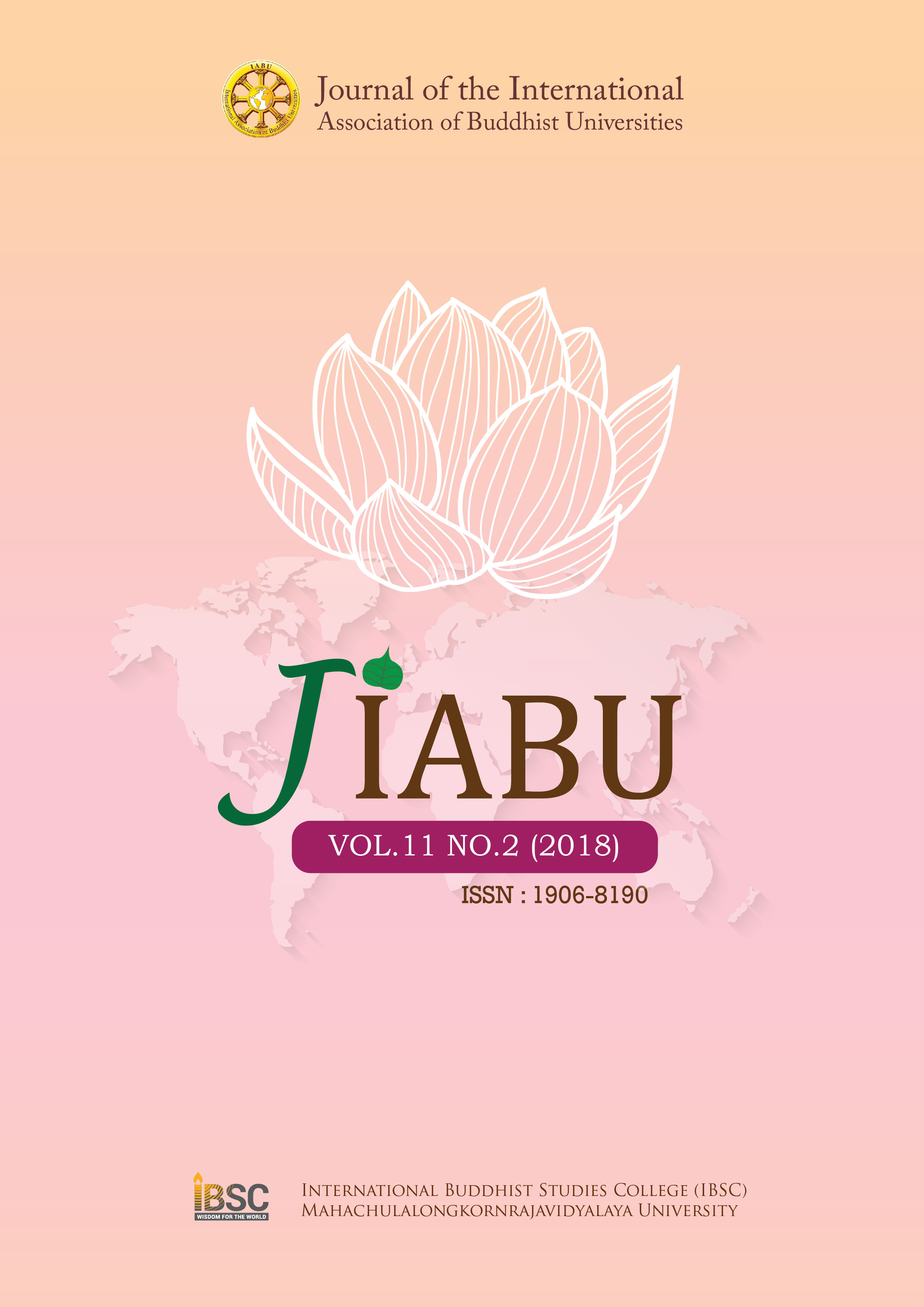The “Holy Mans” Uprisings in the Thai Political Dynamics: Merits Counted
Main Article Content
Abstract
In the following passages, I am going to bring out several self-proclaimed “Holy
Men” emerged during the long-history of Thai Political dynamics. Among them, someone
came up from the center of different parties of contesting powers for the throne, the symbol
of the highest power of human realm; someone rose up as the military leader to defend the
external invasions; some others, even led the people to claim the state-independence from
the central court. Apart from their ambitions, they were mainly active in central Thailand, the
region closer to the central power, Ayutthaya in history, though their origins could be traced
back to the Northern or Northeast Thailand. It should also be noted, I am intending to avoid
any political standpoints in the paper. Rather, I just locate my ambition to bring out several
variances of “Holy Men”, occurring in Thai political dynamics, based on the categories laid
out by the western scholarships above. It is also worthy to point out that I am going to outline
“Holy Men”, by following the dynastic axis of Thai polity respectfully.
Article Details
Views and opinions expressed in the articles published by The Journal of the International Association of Buddhist Universities (JIABU), are of responsibility by such authors but not the editors and do not necessarily reflect those of the editors.
References
Cambridge University Press.
Bhikkhu Thanissaro. (2007). (Trans.). Bhikkhu Patimokkha: The Bhikkhu’s Code of Discipline.
Access to Insight. Retrieved on Web:http://www.accesstoinsight.org/tipitaka/vin/sv/
bhikkhu-pati.html on 23 August, 2016.
Cushman, Richard D. (2006). The Royal Chronicles of Ayutthaya: A Synoptic Translation.
(David K. Wyatt, Ed.). Bangkok: The Siam Society.
Damrongrachanuphap, p. (2001). The Chronicle of Our Wars with the Burmese: Hostilities
between Siamese and Burmese when Ayutthaya was the Capital of Siam. Bangkok:
White Lotus.
Fox, Jonathan. (2013). An Introduction to Religion and Politics: Theory and Practice. London
& New York: Routledge.
Keyes CF, 1977 ‘Millennialism, Theravada Buddhism, and Thai Society’ in Journal of Asian
Studies, 36 (2), pp. 283-302.
Keyes CF, 1991 ‘Buddhist Economics and Buddhist Fundamentalism in Burma and Thailand’,
367-407. In M Marty and RS Appleby (eds.), Fundamentalisms Observed Chicago:
University of Chicago Press.
Ladwig, p. (2014). Millennialism, Charisma and Utopia: Revolutionary Potentialities in Premodern Lao and Thai Theravada Buddhism. Politics, Religion & Ideology, 75(2),
308-329
Mackenzie, Rory. (2007). New Buddhist Movements in Thailand: Towards an Understanding
of Wat Phra Dhammakaya and Santi Asoke. London and New York: Routledge.
McDaniel, Justin T. (2011). The Lovelorn Ghost and the magic Monk: Practicing Buddhism
in Modern Thailand. New York: Columbia University Press.
Murdoch, J. B. (1967). The 1901-1902” Holy Man’s” Rebellion. Sciences, 5, 78-86.
Sng, Jeffery. & Phimpraphai Phisanbut. (2015). A history of the Thai-Chinese. Singapore,
Bangkok: Editions Didier Millet.
Wyatt, David K. (2003). Thailand: A Short History. (Second Edition). Chiang Mai: Silkworm
Books.


